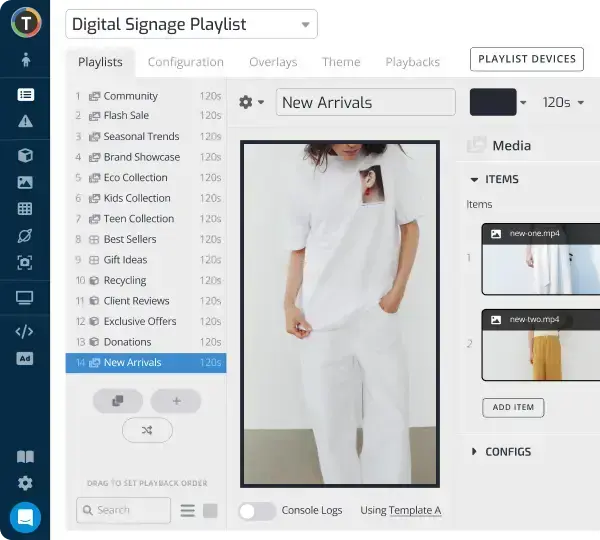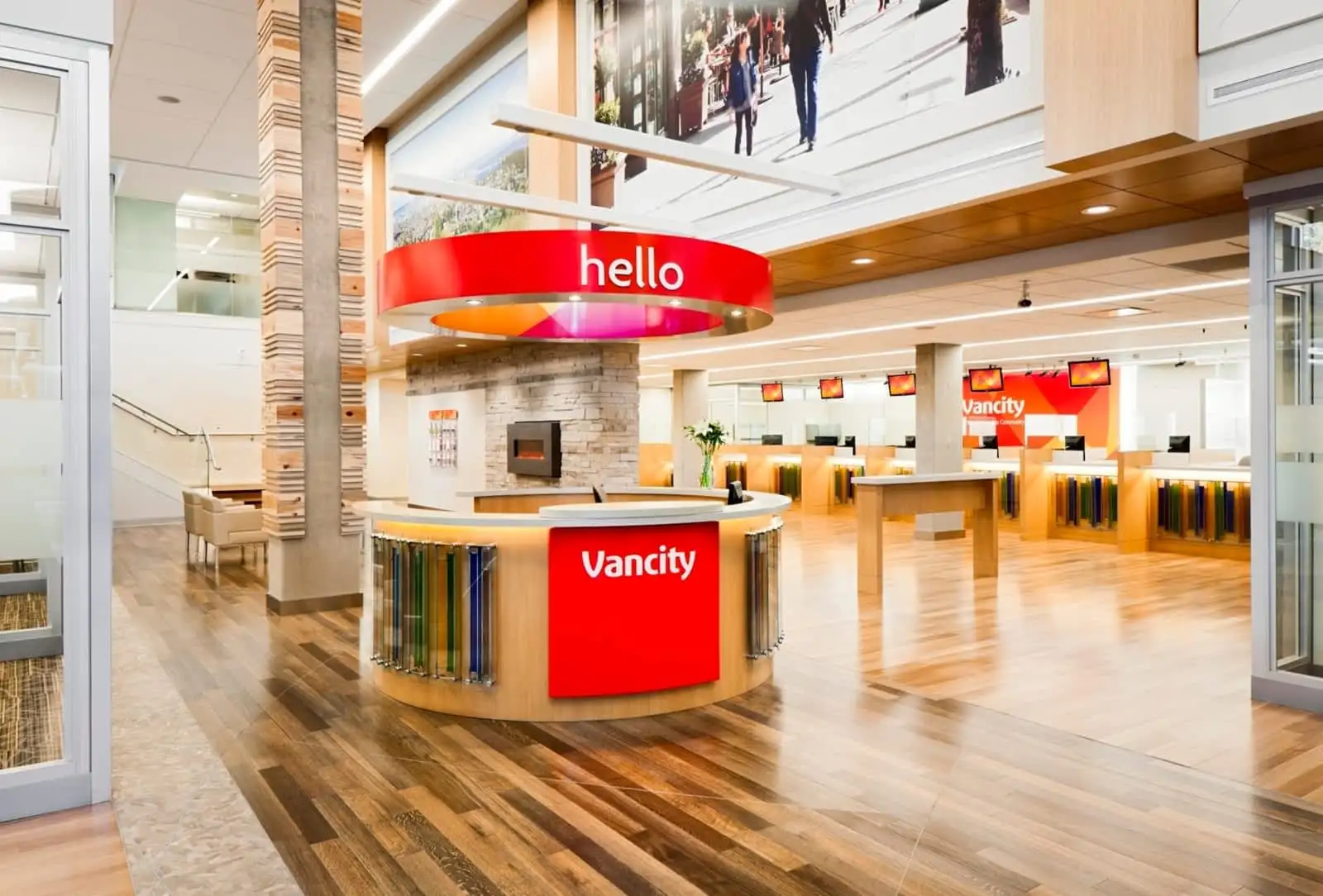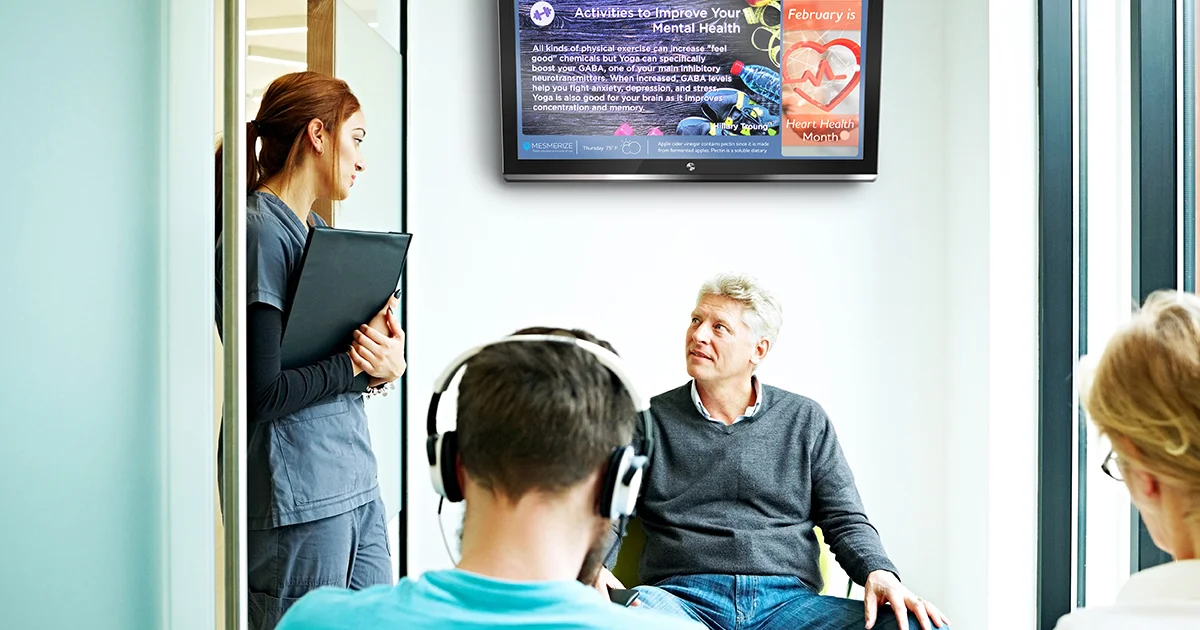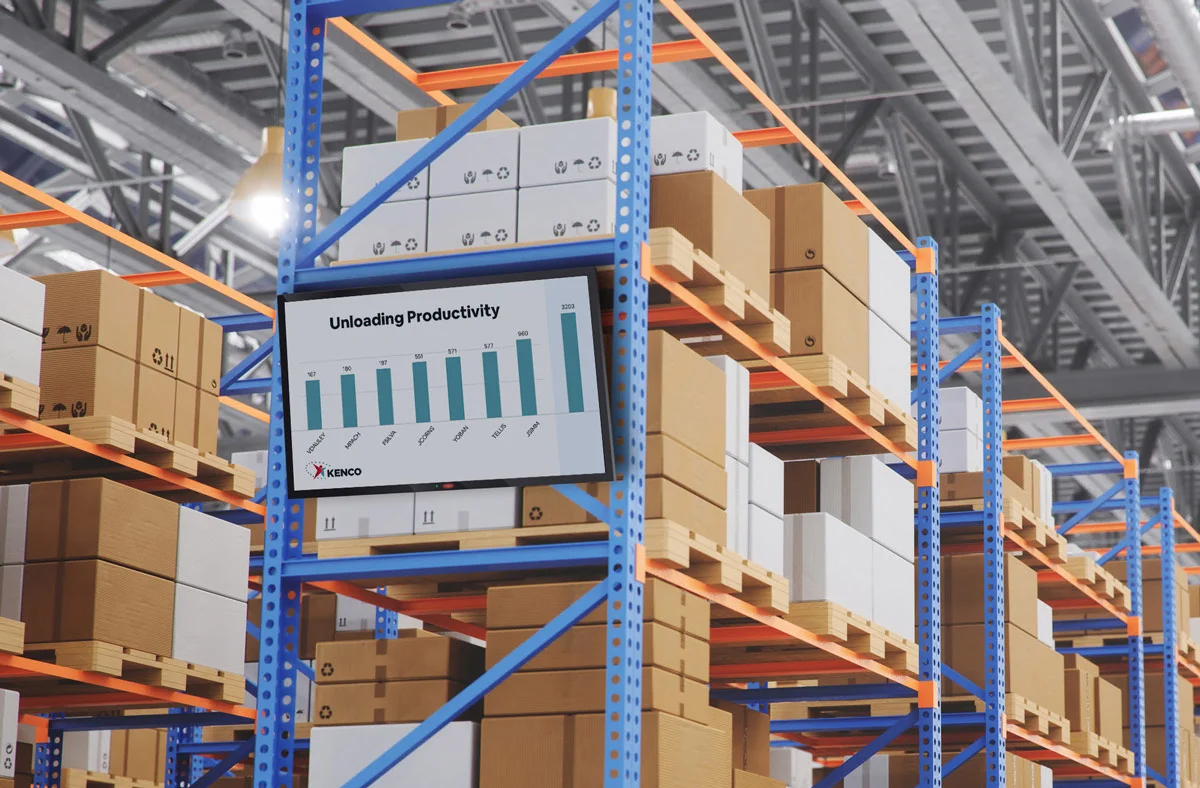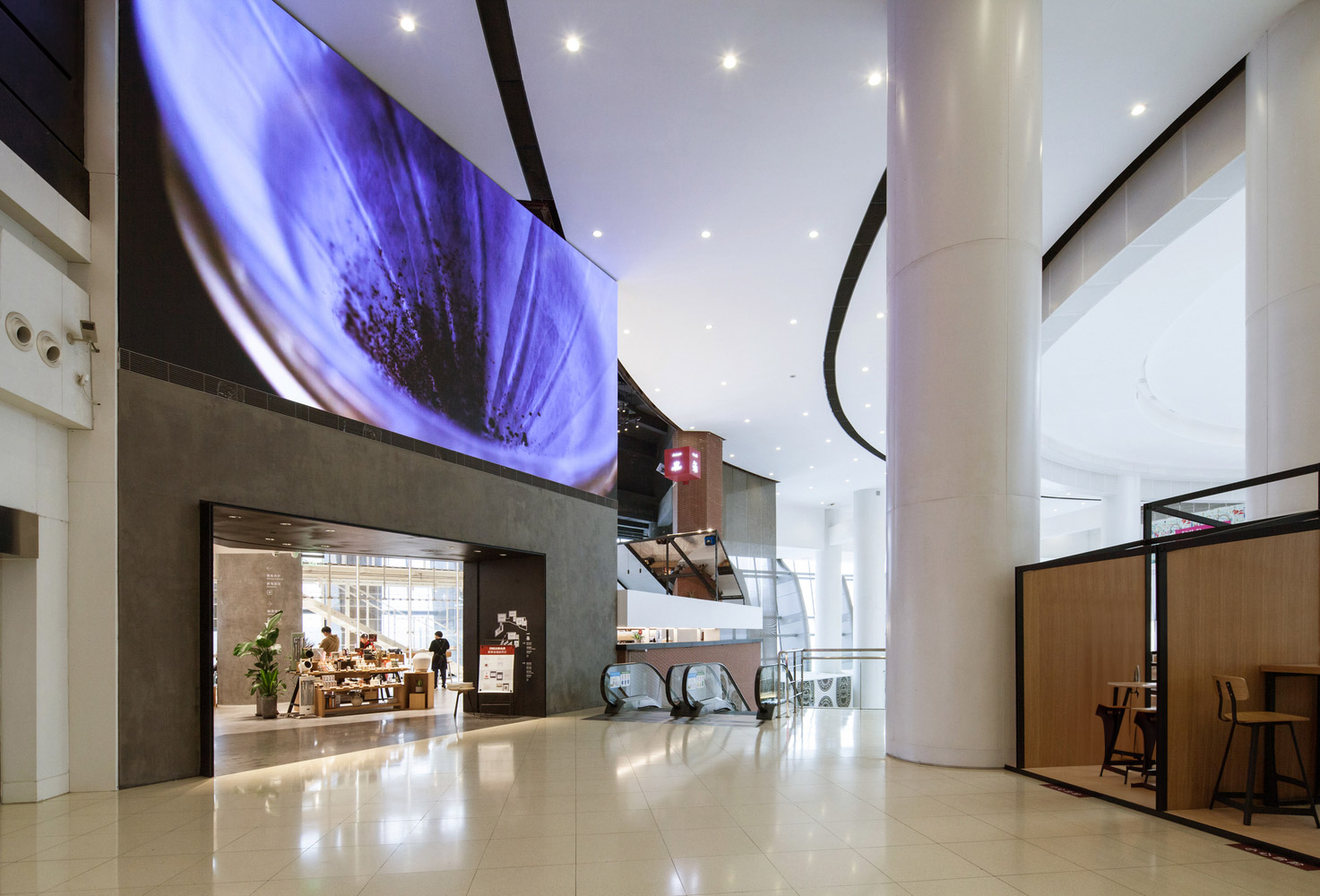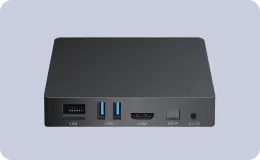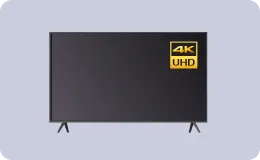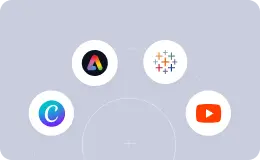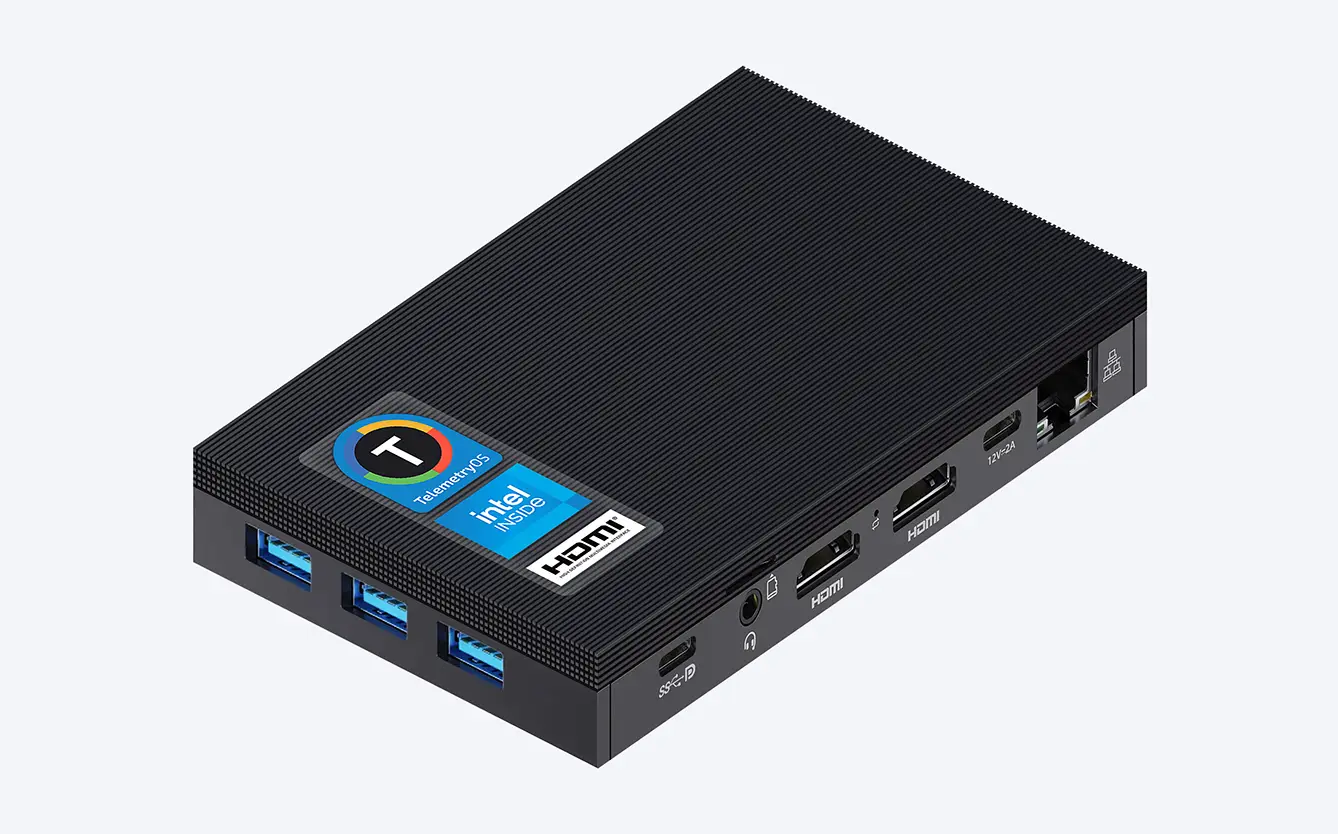TelemetryOS Box: Powering Digital Menu Boards in QSRs
WRITTEN BY: TelemetryTV, 02-14-2025
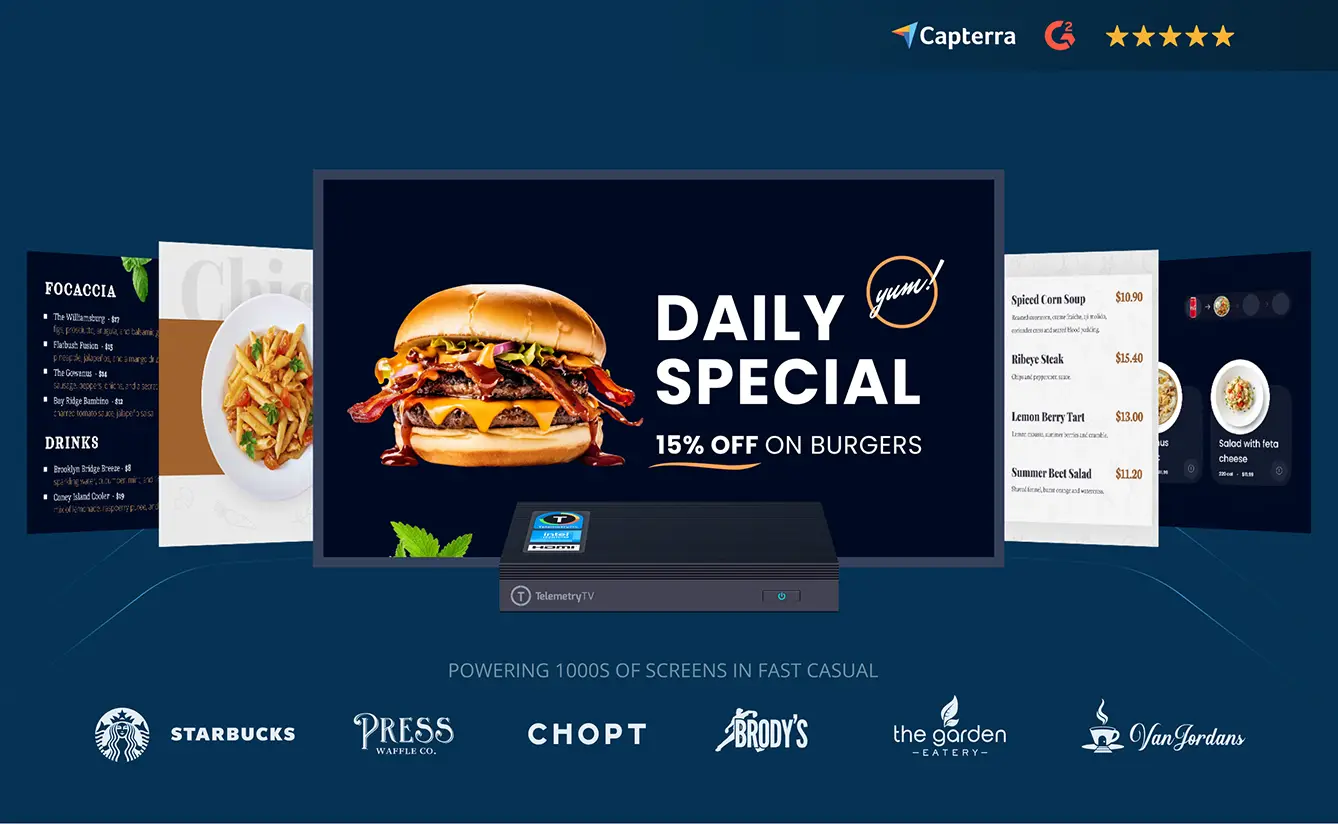
In quick-service restaurants (QSRs), digital menu boards have emerged as the new standard. Across the industry, operators are turning to dynamic screens to boost sales, streamline menu updates, and deliver visually arresting content to hungry customers. But behind every smooth-running digital menu board is a specialized device that manages and displays it all.
TelemetryTV’s TelemetryOS Box is a dedicated digital signage player designed to meet these exact needs. It packs the hardware muscle, multi-display functionality, ample storage, and robust operating system that QSRs require to keep their menu boards online and captivating. Beyond the tech specs, the TelemetryOS Box aims to reduce downtime, simplify management, and support a wide range of content—from static images to 4K video.
In this article, we examine how the TelemetryOS Box stands out for restaurants looking to upgrade or expand their digital menu boards. We’ll also explore how the fast-casual chain Chopt successfully deployed TelemetryTV and what lessons their experience might hold for other QSRs. Finally, we’ll look at how TelemetryTV’s approach—a tightly integrated hardware-software solution—addresses the biggest pain points in digital signage, such as reliability, offline playback, and multi-screen layouts.
Why QSRs Are Adopting Digital Signage
Over the past decade, digital menu boards have evolved from a novelty to a necessity. Large fast-food chains have led the way, installing dynamic screens that update content instantly and can display new items and promotions in real time. Smaller QSR brands are joining the trend, recognizing that the cost of running reliable, high-resolution signage has come down significantly.
Yet cost alone isn’t the only driving force. Restaurants need flexibility. When a menu item changes price or a new dish is introduced, static posters must be reprinted and physically swapped out at each store. With digital signage, updates are pushed out via the cloud to every location, sometimes in seconds. Equally important is the growing value of vivid media. Crisp 4K videos of sizzling burgers and rotating dessert specials can help drive sales in ways that plain text on a static board cannot.
The biggest hurdle remains reliability. Digital signage hardware in QSR environments faces unique challenges: heat near grills, 24/7 operation, and occasionally inconsistent internet connectivity. Outdated or generic hardware can become a liability—if a screen goes dark in the middle of a lunch rush, sales might suffer and staff have to scramble for paper backups. That’s why specialized media players like the TelemetryOS Box are growing more popular. They bring the necessary power, connectivity, and ruggedness to withstand the demands of busy restaurants.
TelemetryOS Box: An Overview
1. Engineered for High-Performance Media
Modern QSR menu boards often feature rotating imagery, sleek animations, and even web-based applications like live ordering tools. The TelemetryOS Box is built to handle all these use cases, thanks to a powerful CPU and graphics processor optimized for continuous 4K playback. It also runs TelemetryTV’s streamlined operating system, TelemetryOS, which cuts out extraneous processes and focuses on delivering smooth, stable performance.
This robust performance is critical during peak periods. In a typical fast-food or fast-casual setting, hundreds of customers might file through in an hour. The last thing an operator wants is a frozen screen displaying old prices. By dedicating all resources to digital signage tasks, TelemetryOS helps avoid the slowdowns that can plague systems running a consumer operating system.
2. Native Support for Three Displays
One feature that sets the TelemetryOS Box apart is its ability to power up to three screens simultaneously, in full 4K resolution. In many QSRs, menu boards come in pairs or triplets—either aligned horizontally behind the counter or mounted vertically. Traditionally, powering three separate screens might require multiple media players and a complex tangle of cables.
By contrast, the TelemetryOS Box can drive three displays from a single unit, significantly reducing hardware costs and complexity. If operators want to arrange these screens as one continuous “video wall,” TelemetryTV’s digital signage software makes it simple to design content that spans across all three displays seamlessly. Alternatively, each screen can display distinct content, such as a main menu on the first, promotional items on the second, and desserts or drinks on the third.
3. Ample On-Device Storage
High-quality images and videos are essential for visually appealing menus, but they can also take up considerable storage space. The TelemetryOS Box includes 128GB of internal storage—enough to cache and locally store entire libraries of high-resolution media.
Why does this matter?
• It ensures uninterrupted playback if the internet connection drops out.
• Many restaurants face connectivity challenges in large malls or older buildings. Local caching keeps menu boards running at all times, refreshing content once it reconnects.
• By playing video from its internal memory, the device avoids latency or stuttering, a key safeguard during busy service.
4. Flexible Connectivity Options
Despite the push for cloud-managed signage, physical infrastructure can vary widely across QSRs. Some have robust network closets and ethernet connections, while others rely on wireless networking. The TelemetryOS Box caters to both scenarios with support for wired (Gigabit Ethernet) and wireless (dual-band Wi-Fi) connectivity.
This versatility proves invaluable in quick-turnaround installations or temporary pop-up concepts, where running new cables is costly or impractical. The device can easily tap into an existing secure Wi-Fi network, get content updates from TelemetryTV, and deliver them to the screens. If a QSR later decides to use a hardwired connection, the same device can simply switch over.
On the hardware side, the TelemetryOS Box is compact enough to be mounted behind a screen or tucked away out of sight. By removing visible clutter, restaurants can maintain a polished, modern look. The device’s fanless design further reduces points of failure, since dust buildup or mechanical fans are common culprits of downtime. By eliminating moving parts, TelemetryTV aims to enhance overall durability and minimize maintenance.
5. The TelemetryOS Advantage
At the heart of the TelemetryOS Box is TelemetryOS, a Linux-based operating system stripped down and hardened for digital signage. A lean OS improves performance by avoiding unnecessary background tasks. It also increases stability, as there are fewer security vulnerabilities and no consumer-grade updates that might restart the system at an inopportune moment.
TelemetryTV manages OS updates and security patches remotely, ensuring that each device remains protected without on-site intervention. For a QSR chain that deploys dozens or hundreds of players across different locations, centralized maintenance is a significant advantage. This approach has helped TelemetryTV earn clients like Chopt and Starbucks—though Starbucks uses TelemetryTV primarily for corporate communications rather than menu boards.
Where Windows-based or consumer operating systems can create complexities—like forced reboots or unplanned software conflicts—TelemetryOS offers a controlled environment singularly focused on content playback. Fewer calls to IT, fewer risks of lunch-rush disruptions, and an overall smoother operation.
Tackling Common QSR Pain Points
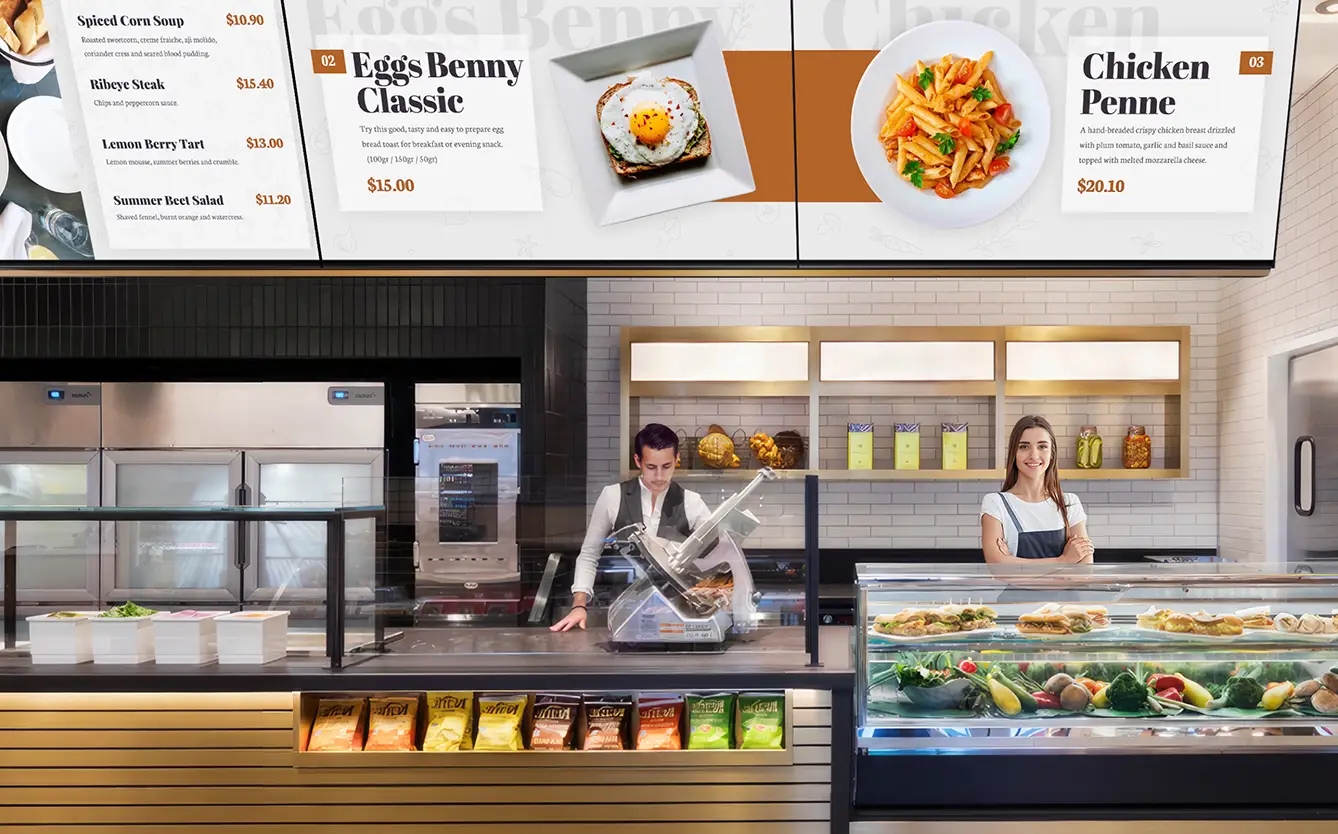
• Downtime and Reliability
When screens go dark at a busy QSR, sales can suffer. Because TelemetryOS is streamlined and the hardware is built for 24/7 use, failures are far less common. Native triple-screen support means fewer devices, thus fewer potential points of failure.
• Content Management Overhead
One of the main benefits of digital signage is the ability to update content from a central system. TelemetryTV’s cloud-based digital signage software allows teams to manage menu changes, pricing, and promotions across all locations at once. This ensures a consistent brand identity and reduces local workloads.
• Cost of Ownership
While investing in purpose-built hardware might appear more expensive initially, the TelemetryOS Box’s stability reduces total cost of ownership over time. Fewer device breakdowns and less troubleshooting equal long-term savings. Driving three screens from one player also saves on hardware.
• Heat and Environmental Challenges
QSR kitchens can be hot and humid. The TelemetryOS Box’s fanless, dust-resistant design helps it endure these conditions. Mounting the device away from direct heat sources is still recommended, but the rugged construction and sealed ports help minimize maintenance.
Chopt’s Experience: A Case Study
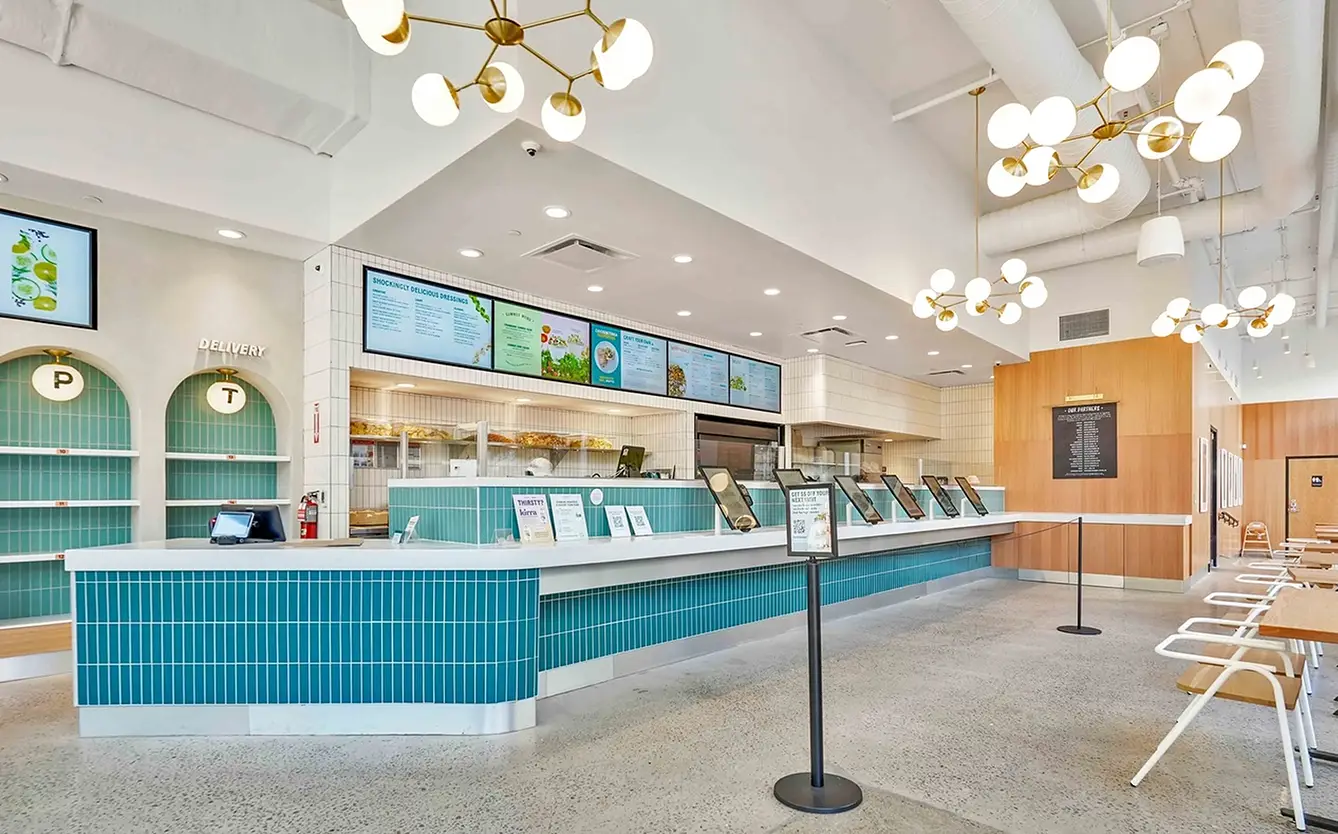
One of the most instructive examples of how TelemetryTV’s digital signage software and hardware can transform QSR operations comes from Chopt Creative Salad Co. With multiple locations across several states, Chopt recognized that its generic digital signage solutions led to frequent downtime and inconsistent branding.
Chopt switched to TelemetryTV’s software and began installing devices running TelemetryOS in all new locations. Soon, support tickets related to digital signage dropped dramatically. Because TelemetryTV’s system is cloud-managed, Chopt’s marketing team can push new menu items to every store simultaneously.
They can also test designs quickly. If they launch a limited-time menu, they schedule those promotions to go live—and end—automatically. The TelemetryOS Box’s 128GB storage ensures that high-resolution videos and images remain cached locally, avoiding any lag if connectivity is spotty.
Chopt saved on hardware, too, since one player can power multiple displays. The results: consistent branding, less downtime, and a more efficient deployment model. Many QSR operators see similar improvements in sales and ordering speeds, as customers can more quickly find promotions or new items on digital menu boards.
The Bigger Picture: Enduring Stability, Seamless Scale & Reliable Support
The TelemetryOS Box excels in single-store use, but it truly shines at scale. For small brands with growth plans or for established chains with dozens of locations, managing digital signage can be complex if devices are prone to crashes or require manual updates. By integrating hardware and software under TelemetryTV, QSRs get a unified, high-performance solution consistent across every screen in every store.
This vertical integration simplifies troubleshooting. If something goes wrong, there’s a single point of contact for support. With piecemeal solutions, multiple vendors can complicate any diagnosis. As QSRs move toward interactive or AI-driven menu experiences, the demand on digital signage players will only grow. The TelemetryOS Box is designed to handle not just static or video content, but also advanced web applications.
For QSRs, digital signage is becoming integral to the customer experience, not just a replacement for old menu boards. Reliable, scalable solutions give brands a real competitive edge in a crowded marketplace.
Conclusion
Digital menu boards are transforming how QSRs communicate with customers, offering flexibility, real-time updates, and eye-catching visuals. Yet all of that hinges on dependable, high-performance hardware and software. TelemetryTV’s TelemetryOS Box delivers multi-screen support, ample storage for offline playback, robust connectivity, and a purpose-built OS for uninterrupted 24/7 operation.
Restaurants such as Chopt have already seen how a specialized digital signage player dramatically cuts maintenance overhead and boosts consistency. While some in the industry rely on consumer-grade hardware, TelemetryTV’s integrated approach targets lower downtime, effortless updates, and scalability from a few screens to hundreds.
Empower Your QSR with TelemetryOS Box Digital Signage Player
Upgrade your QSR’s digital menu boards with powerful 4K playback and offline-ready reliability. Experience streamlined deployments and centralized content control for maximum convenience and impact.
Purchase Now